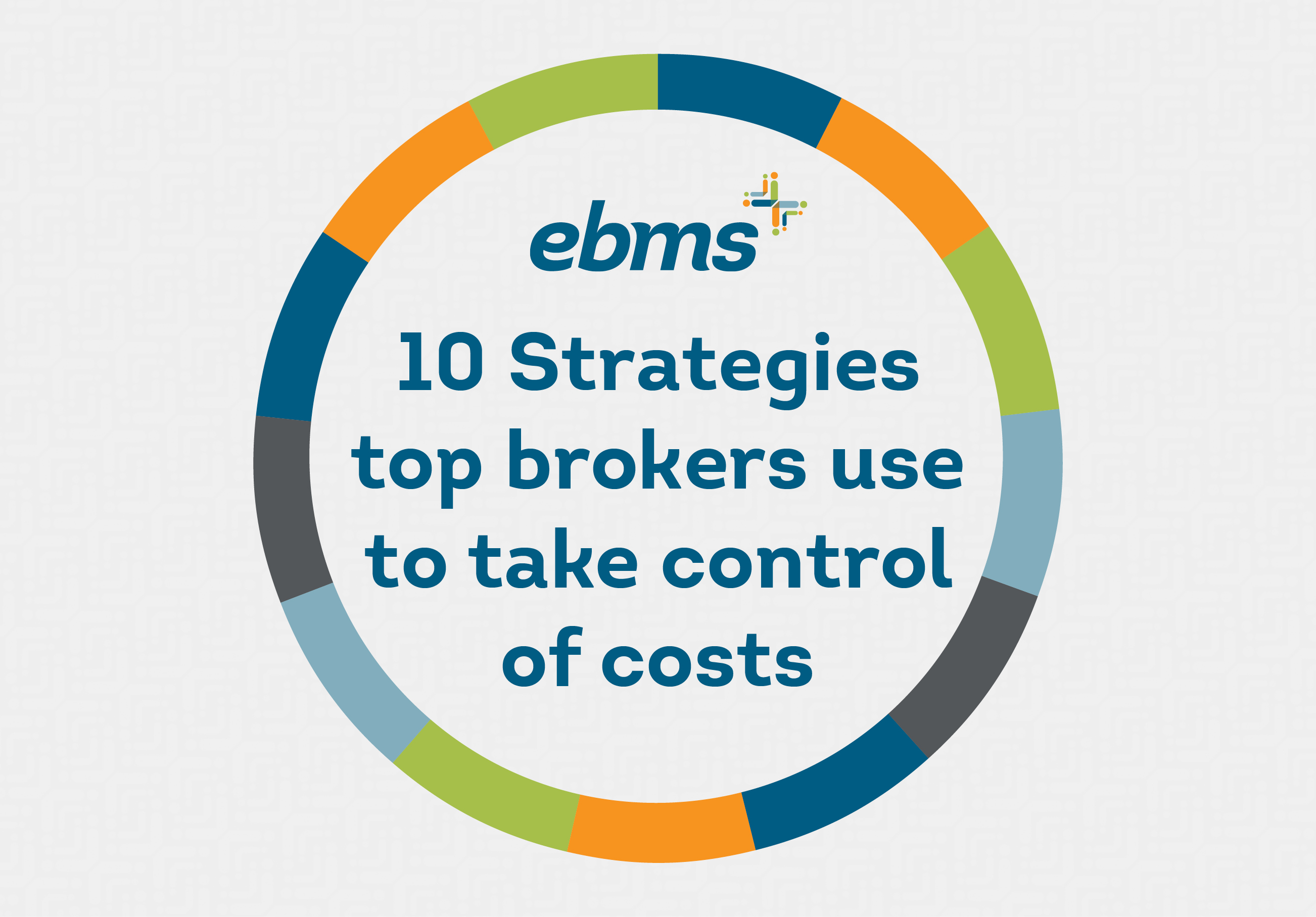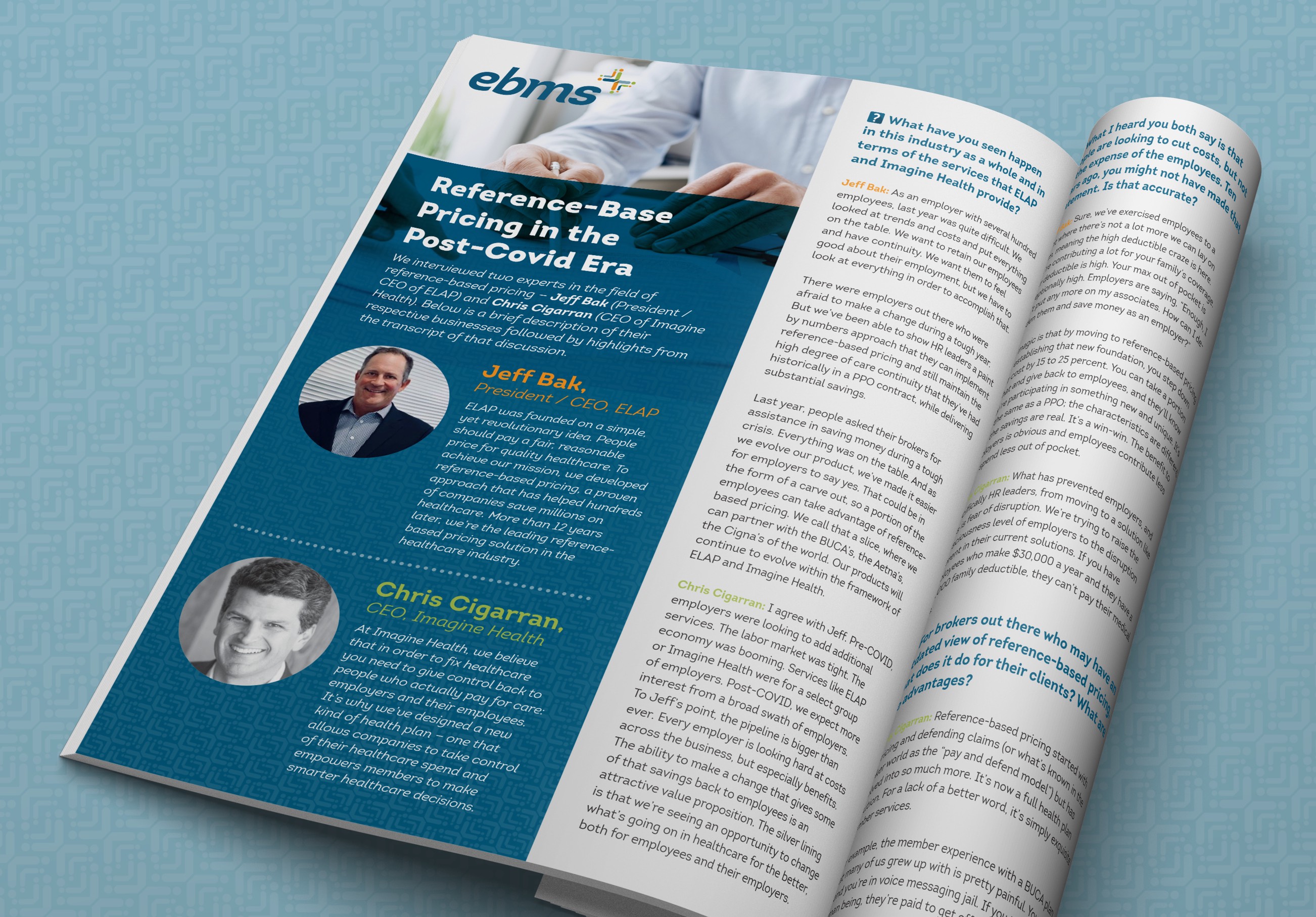Do Reference-Based Pricing Strategies Result in More Balanced Billing?
October 9th, 2018

THE MYTH
While reference-based pricing (RBP) is known to deliver impressive cost savings, it will also create heavy financial and emotional burdens for plan members, who are likely to receive high-balance bills and collection notices.
THE FACTS
With RBP, plan members benefit not only from lower out-of-pocket costs, but from open access to providers, in the absence of a narrow network. A strong member-advocacy program can help consumers navigate any billing issues that arise.
THE SUPPORTING EVIDENCE
Because RBP payments are a multiple of the Medicare rate (rather than a discount on the hospital chargemaster cost), RBP is a rational, fair, and transparent payment strategy. It can effectively manage costs for medical procedures with a wide price variance, such as diagnostic imaging and orthopedic surgeries.
There is always a chance that balance billing will occur with RBP. However, balance billing is a fairly common occurrence in all health plans, often occurring when a member makes an out-of-network claim in a traditional PPO. According to a 2015 survey by the Consumer Reports National Research Center, nearly one-third of privately insured citizens were surprised by an unexpected medical bill in the past two years, when their benefit plan paid less than expected. This issue is not limited to reference- based pricing. Nor is it insurmountable with the right member advocacy program in place.
THE EBMS POSITION
“When plan sponsors and brokers work with a TPA that is an experienced RBP partner, balance billing issues become less likely,” explains Paige Corcoran, director of provider relations at EBMS. “There are two reasons for that. First, a good RBP solution will focus on fair payment to providers. But most importantly, the right RBP partner will have a strong member-advocacy program in place. At EBMS, we reach out to our members to explain how RBP benefits them, and we never abandon them to negotiate a balance bill on their own.”
In fact, RBP can be quite consumer friendly. Well- managed programs can increase transparency, providing consumers with the information they need to compare providers not just on cost, but on quality benchmarks as well. RBP can also put pressure on the costliest providers to bring their prices more in line with fair market rates.

“We service many clients that rely on RBP, so we know firsthand how well it works,” concludes Paige. “RBP will likely become more and more popular among self- insured benefit plans.”




